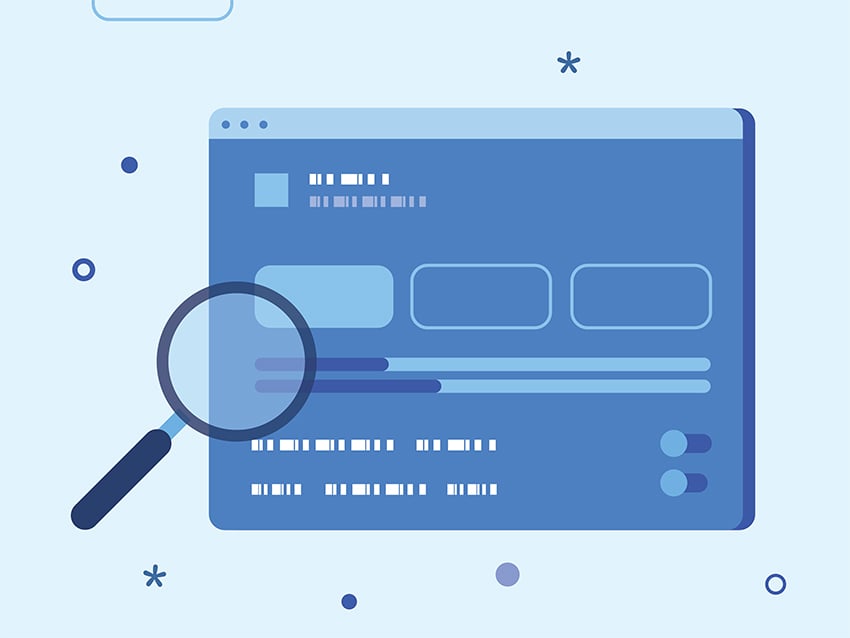Demystifying the UX Design Process
The UX process is a flexible, multi-step approach to tackling a new project and it’s the foundation of a designer’s skillset. Here’s how to apply appropriate design methods to each stage of your UX process.



Every designer seeks to refine and iterate on their own design process over the course of their career. Good designers utilize empathy and experimentation to understand complex problems, ultimately arriving at innovative solutions. Seasoned designers understand that beyond the end result of design, is the design process itself.
IDEO, an award-winning human centered design firm, explains empathy through the two steps below:
- Observing user behavior: try to understand people through observing them. For example, if you’re designing a vacuum cleaner (and this may sound obvious) watch people vacuum.
- Putting yourself in the situation of the end-user: the goal is to understand what the user experience is really like; to feel what their users feel.
UX Process Phases
While the individual methods and steps may be flexible depending on the project constraints and the team involved, most design processes fall into three main buckets:
1. Discovery
The beginning of a design process starts with a thorough investigation of the problem to be solved in order to observe, learn and gain inspiration from the users whom you are trying to help solve a problem.
This can be accomplished using various research methods such as site visits, competitor analysis and stakeholder interviews. Speaking to project stakeholders helps answer critical questions like what the goal of the product is, helps determine the success metrics, and build user personas. Speaking to users at the initial stages is useful for eventually determining an understanding of the user that can speak to their motivation, goals and key tasks.
2. Analysis
This phase should focus on analyzing the data gathered during Discovery and turning it into useful insights. Research methods that complement the analysis stage include: journey mapping, identifying pain points and creating personas to represent major user groups.


 How to Run a Customer Journey Mapping Workshop
How to Run a Customer Journey Mapping Workshop

 Paul Boag08 Mar 2017
Paul Boag08 Mar 2017

 What Exactly Are UX Touchpoints?
What Exactly Are UX Touchpoints?

 Joel22 Nov 2016
Joel22 Nov 2016

 Making the Web Accessible for Everyone With Inclusive Design and Diverse Personas
Making the Web Accessible for Everyone With Inclusive Design and Diverse Personas

 Graeme Fulton26 Oct 2016
Graeme Fulton26 Oct 2016
It is crucial to gather and use data appropriately and minimize bias to make relevant design decisions rather than seeking out data to prove a point.
3. Design
The Design phase should initially focus on quick sketches and rapid exploration of many ideas. Once high level tasks become clarified, sketches are turned into wireframes. Next, building a tangible prototype of your refined ideas can allow for user testing to help verify and validate design decisions.
Prototypes can range in fidelity; coming in the form of anything from paper prototypes to live mockups made with code. The goal isn’t to make a perfect solution but rather to gather more user insights by presenting early stage ideas in a tangible form.
4. Implementation
While designs may have been refined and are ready to hand off to developers, it is important for designers to stay involved in the implementation process to guarantee a high quality, final outcome of the product and make appropriate changes if new constraints emerge.
Conclusion
To design an innovative and useful product, you need to prioritize user empathy and flexibility to the constraints that you encounter along the way.
The foundation underneath a solid UX process is focusing on the end user.









